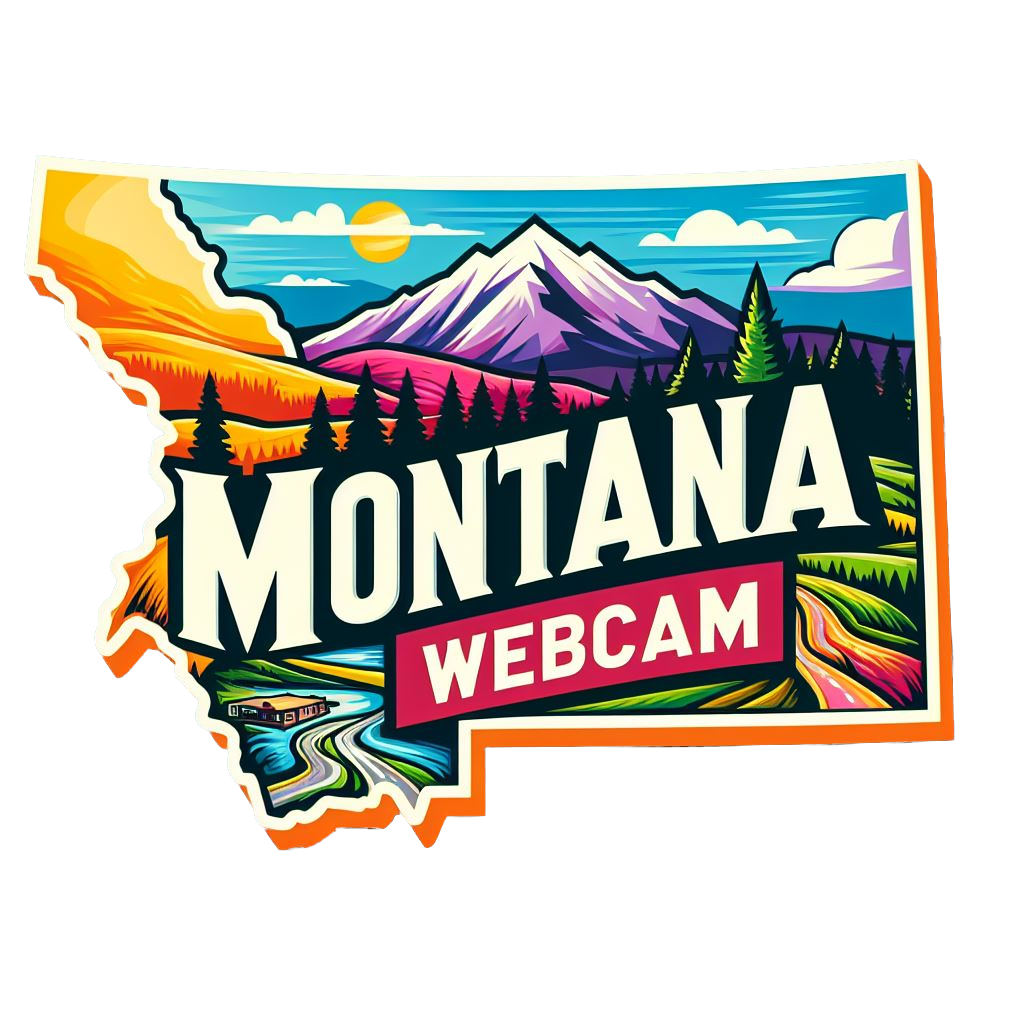Yellowstone River Near Livingston, MT Weather Cams
Yellowstone River Cam
The Yellowstone River near Livingston, Montana: A Historic Lifeline of the American West
Yellowstone River Near Livingston, MT Weather Cams. The Yellowstone River, one of the most iconic waterways in the American West, winds its way through the rugged terrain and stunning landscapes of southern Montana. Near Livingston, the river’s history is intertwined with the region’s development, from Indigenous cultures to the arrival of settlers and the growth of the town. This history highlights the river’s importance as a natural resource, a transportation route, and a symbol of the West’s enduring spirit.
Chapter 1: Indigenous Heritage and Early Exploration
Long before European explorers and settlers arrived, the Yellowstone River valley was home to Indigenous peoples who had lived in the region for thousands of years. Tribes such as the Crow, Blackfeet, Sioux, and Shoshone relied on the river for sustenance and transportation. The river’s abundant fish, fertile lands, and diverse wildlife made it a vital resource for these communities.
The first recorded exploration of the Yellowstone River by Europeans occurred during the Lewis and Clark Expedition in 1806. Captain William Clark, one of the leaders of the expedition, traveled down the river on his return journey, documenting the area’s rich natural resources and stunning landscapes. Clark’s journals provided valuable insights into the region and helped pave the way for future exploration and settlement.
Chapter 2: Fur Trade and Early Settlers
Following the Lewis and Clark Expedition, the Yellowstone River became a critical artery for the fur trade. Trappers and traders established trading posts along the river, exchanging goods with Indigenous peoples and harvesting valuable furs from the region’s abundant wildlife. The fur trade era brought increased interaction between Indigenous communities and European Americans, leading to both cooperation and conflict.
The mid-19th century saw the arrival of more settlers in the Yellowstone River valley, drawn by the promise of fertile land and new opportunities. The discovery of gold in nearby regions, such as the Bozeman Trail, further spurred migration and settlement in the area. These early settlers faced numerous challenges, including harsh weather, difficult terrain, and conflicts with Indigenous peoples defending their homelands.
Chapter 3: The Birth of Livingston
The founding of Livingston, Montana, in 1882 marked a significant milestone in the history of the Yellowstone River near this area. Livingston emerged as a crucial railroad town, strategically located at the northern gateway to Yellowstone National Park. The Northern Pacific Railway established Livingston as a major division point, facilitating the transportation of goods and passengers to and from the park and the surrounding region.
Livingston quickly grew into a bustling hub of commerce and transportation. The town’s proximity to the Yellowstone River made it an ideal location for trade, agriculture, and tourism. The river provided water for irrigation, supporting the growth of farms and ranches in the valley, while its scenic beauty attracted visitors from across the country.
Chapter 4: Tourism and Yellowstone National Park
The establishment of Yellowstone National Park in 1872, the world’s first national park, significantly impacted the region surrounding the Yellowstone River near Livingston. The park’s designation brought increased attention to the area’s natural beauty and geological wonders, drawing tourists, scientists, and adventurers eager to explore its pristine landscapes.
Livingston became a gateway for tourists visiting Yellowstone National Park. The Northern Pacific Railway promoted the town as a starting point for park excursions, offering guided tours and transportation services to park visitors. The river’s proximity to the park made it a popular destination for fishing, boating, and other outdoor activities.
Chapter 5: Conservation and Environmental Stewardship
Throughout its history, the Yellowstone River has played a vital role in the conservation and environmental stewardship of the region. Efforts to protect the river and its surrounding ecosystems have been ongoing, driven by a commitment to preserving the natural beauty and ecological health of the area.
In recent decades, local communities, conservation organizations, and government agencies have worked together to address environmental challenges facing the Yellowstone River. Initiatives to improve water quality, restore riparian habitats, and protect endangered species have helped to ensure the long-term sustainability of the river and its ecosystems.
Chapter 6: Modern-Day Livingston and the Yellowstone River
Today, the Yellowstone River near Livingston remains a vital and cherished resource for the community and the region. The river continues to support agriculture, providing irrigation for crops and pasture for livestock. Its waters sustain a vibrant ecosystem, home to diverse fish and wildlife species.
The river also serves as a focal point for outdoor recreation and tourism. Anglers from around the world come to fish its legendary trout waters, while kayakers, rafters, and boaters enjoy its scenic beauty and challenging rapids. The river’s presence enhances the quality of life for Livingston’s residents, offering opportunities for relaxation, adventure, and connection with nature.
Livingston itself has evolved into a vibrant and eclectic community, blending its historical heritage with a thriving arts and culture scene. The town’s historic downtown district features a mix of galleries, shops, restaurants, and cultural attractions, reflecting its unique character and charm. The Yellowstone River remains a central part of the town’s identity, symbolizing its past, present, and future.
Chapter 7: Looking to the Future
As Livingston and the surrounding region look to the future, the Yellowstone River will continue to play a crucial role in shaping the area’s identity and development. Efforts to balance economic growth with environmental stewardship will be essential to preserving the river’s health and ensuring its benefits for future generations.
The community’s strong connection to the Yellowstone River, combined with its commitment to conservation and sustainable development, will help to ensure that this iconic waterway remains a source of inspiration, sustenance, and beauty for generations to come.
For more information, visit the official Yellowstone River Near Livingston, MT website.
